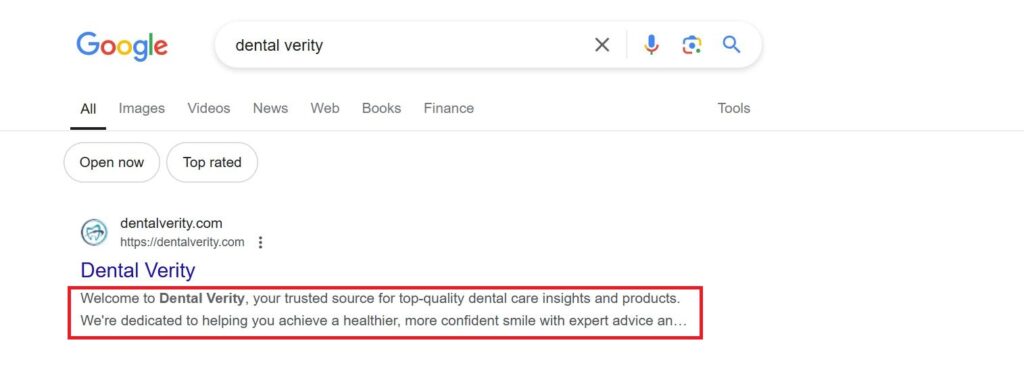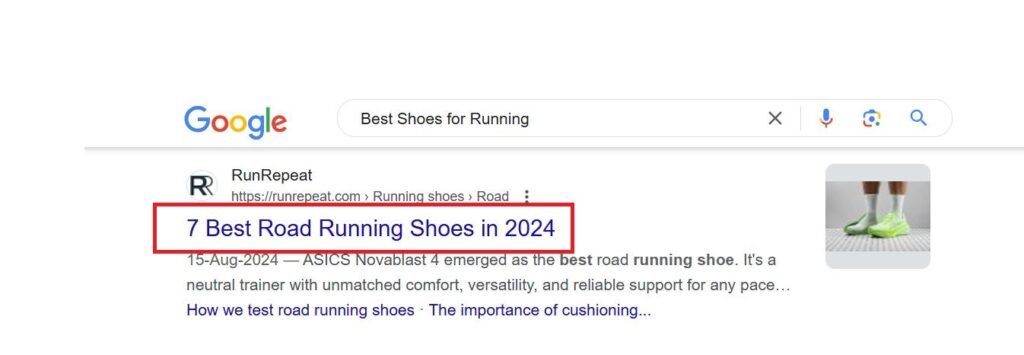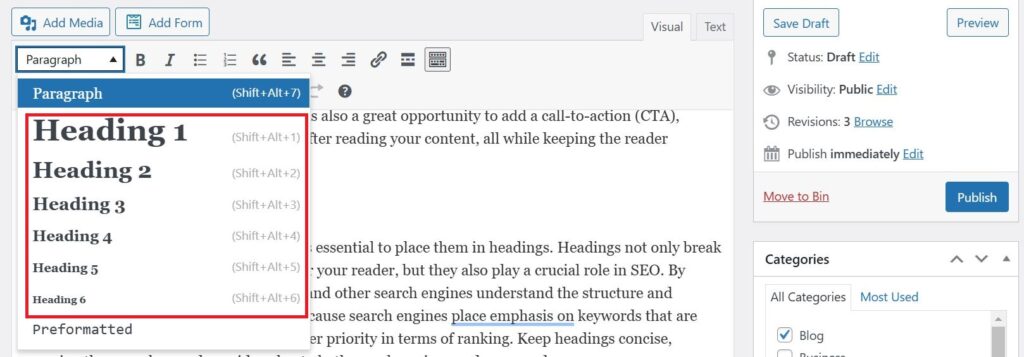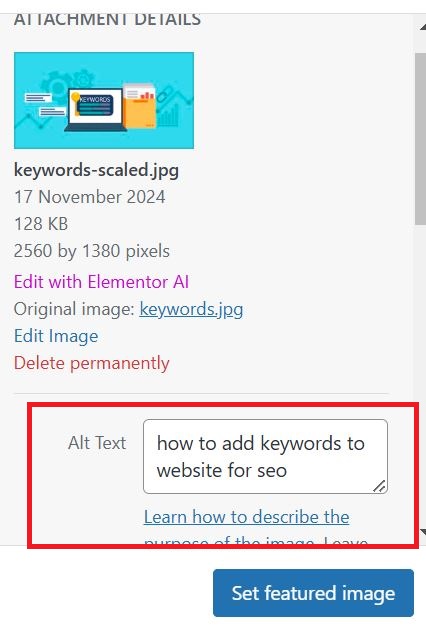How to Add Keywords to Your Website for SEO
Just SEO Service offers fantastic built-in features to help you optimize your site for search engines. The key to boosting your site’s visibility lies in strategically using important keywords that align with your site content.These words need to match search terms that people commonly use when trying to find sites like yours. Crafting a relevant strategy is vital, ensuring your content impacts search results effectively. Begin by making a list of keywords and refining it to highlight your site’s content in a way that appeals to both search engines and users.
Having written hundreds of blogs with literally MILLIONS of words in SEO content, I can say from experience what works. Search engines use your keywords as a jumping-off point for filtering results, so it’s incredibly important to know how to use them. By following a step-by-step guide, you can ensure your keywords are correctly placed, giving your site content a better chance of being found, indexed, and ranked.
Understanding and Using Keyword Types
Keywords are the backbone of any SEO strategy, but not all keywords are created equal. Breaking them into categories like head keywords and long-tail keywords helps you leverage their potential effectively. Short-tail keywords like “laptops” or “fitness” attract a broad audience but face fierce competition due to their high search volume. On the other hand, long-tail keywords—more descriptive and specific search queries like “budget-friendly gaming laptops” or “home workouts for beginners”—have lower search volume but appeal to a qualified audience, making them easier to rank for.
Additionally, there are location-based keywords, which are great for local businesses. These target geographical terms like “top cafes in London” to connect with a nearby audience. Don’t overlook question keywords, which address inquiries your audience may have, such as “how to start a fitness routine.” By strategically combining these types, whether targeting eco-friendly office supplies or customized gift hampers, you ensure your content speaks directly to the right audience.
Where and How to Strategically Place Keywords in Your Content
Adding keywords for SEO is easy to say, but actually implementing them properly in your content is a different matter entirely. Following the right rules and best practices for adding keywords to your website is crucial to making your efforts worthwhile. In content writing, you’ll want to strategically insert keywords in places like the title, first 100-200 words, and subheadings. These are the key steps to make sure the keywords work, not just appear, for better rankings.
Step 1: Optimizing Your Meta Description with Keywords
One important yet overlooked aspect of SEO is placing keywords in your meta description. This short summary (usually 160 characters or 20-25 words) helps Google understand the content of your page and serves as a powerful tool to encourage people to click on your URL in search results. To optimize your meta description, make sure to include your main keyword phrase as it can appear in search engine results pages (SERPs), acting as a filter that attracts your target audience. For example, if you’re writing about a “dental verity” your meta description might be something like, “Welcome to Dental Verity, your trusted source for top-quality dental care insights and products. We’re dedicated to helping you achieve a healthier, more confident smile with expert advice an…” This makes your content more discoverable and increases engagement.
Here is an example of how a meta description appears on the Search Engine Results Pages (SERPs):
Effective Strategies for Using Keywords in Meta Descriptions
When you optimize your Meta Description, it’s crucial to make it both helpful and enticing for users. Tools like the SEO press Plugin for WordPress can make it easier to optimize your content by helping you add the primary keyword once or twice without keyword stuffing. Start by placing your keyword near the first thing in the description to grab attention, then ensure it fits naturally within the SEO Title Tag. This helps with both readability and ranking in search engines, offering better visibility in search results. Always focus on creating a description that will engage those visiting your website, making it clear and appealing.
Step 2: Place Keywords Strategically in Your SEO Title Tag
Your SEO title is the first thing users see on search engine results pages (SERPs), making it crucial to optimizing your content. By including the main article title or a well-researched keyword phrase, you create a clickable and engaging title tag that directly appeals to both users and search engines. This SEO title tag, often called a meta title tag, should match the page’s content while being enticing enough to draw attention. For example, if your page is about “Best Shoes for Running,” use the exact phrase in your title to help it rank higher and connect with user intent effectively.
Here is an example of how a meta Title tag appears on the Search Engine Results Pages (SERPs):
Effective Strategies for Using Keywords in Meta Title Tag
Crafting an SEO title tag requires balancing user-friendly language with SEO-friendly techniques. Limit it to 50-60 characters, placing your primary keyword where it naturally fits. For example, include your main keyword alongside your company name for clarity and branding. Avoid bait-and-switch tactics, like misleading titles that don’t align with the page description. This approach ensures Google and users trust your content, helping your site rank effectively without confusion. Keep it clear, concise, and relevant to the page.
Step 3: How to Effectively Use Keywords in Your Article Title (H1)
Your article title or H1 is the first thing Google evaluates to understand your page content, so it’s essential to place your main keyword there naturally. Think of the H1 as prime SEO real estate where the right keyword phrase sets the tone for better visibility. Pairing it with a concise meta description gives a full picture of your content, helping search engines index it effectively. Avoid overloading the H1 with unnecessary terms; on-page SEO works best when it’s straightforward yet engaging.
From an on-page SEO perspective, your title header organizes your page structure while boosting organic ranking factors. Stick to one H1 per page for clarity, and use H2s, H3s, and other headings to expand on the topic. This hierarchy not only helps readers but also signals Google about the importance of specific content points. In my experience, testing this approach across hundreds of blogs and sites has shown significant ranking rises when headings are optimized strategically with the right HTML tags and keyword usage.
Step 4: Incorporate Keywords Within the First 200 Words
When writing for SEO, it’s important to incorporate keywords within the first 200 words of your article. Experts agree that Google gives more weight to the initial part of your content. By placing your main keyword or keyword phrase in the introduction, you make it clear to both readers and search engines what the article is about. Not only does this help with ranking, but it also guides your readers to continue reading. A well-crafted opening that includes the keywords naturally can enhance your article’s visibility, keeping the focus on SEO while maintaining readability. This approach serves as a solid ranking factor to improve the search visibility of your content.
Where to Use Keywords in an Article Introduction
When you’re optimizing your article for SEO, knowing where to use keywords in the introduction is key. Google often scrutinizes the first 200 words, so it’s essential to carefully place your primary keyword in the first sentence or within the first paragraph to make sure it stands out. However, you should avoid sacrificing quality just to fit a keyword in. You can also use secondary keywords in other parts of the introduction, but make sure they don’t confuse the reader. A good strategy is to keep the primary keyword at the top and follow it with secondary keywords in an organized way, like a pyramid of usage, to create a natural flow. This approach ensures that your content is optimized while still being easy to read and engaging for the audience.
Step 5: Place Keywords Seamlessly Across the Article
In the SEO-centered digital world, it’s crucial to place keywords in your content without disrupting the reader’s ability to stay engaged. When you focus on keywords naturally, it’s easy to make sure the content is both SEO-friendly and readable. Many overlook this aspect, but bad keyword placement can often cause confusion and disrupt the reader’s experience. The solution is to prioritize the reader by crafting content that informs and enlightens them, without forcing in keywords just for the sake of SEO. As a content writer, it’s important to remember that the reader comes first—compromising their experience for SEO isn’t a good strategy. By placing keywords naturally, you help both the SEO rankings and ensure your audience stays interested in what you have to say.
Step 6: Incorporate Keywords in the Last 200 Words
When optimizing your article for keyword rankings, it’s a good practice to include your primary keyword in the last 200 words of the content. This helps ensure that search engines understand the content framework right to the end. Ideally, the last paragraph or second-to-last paragraph should feature your secondary keyword as well, giving a balanced approach to both primary and secondary keywords. By strategically placing them in these important places, you’re enhancing the article’s SEO without overstuffing keywords earlier in the text. It’s also a great opportunity to add a call-to-action (CTA), encouraging readers to take the next step after reading your content, all while keeping the reader engaged.
Step 7: Use Keywords in Headings
When adding keywords to your website, it’s essential to place them in headings. Headings not only break up the content, making it more readable for your reader, but they also play a crucial role in SEO. By using H1s, H2s, and H3s, you help Google and other search engines understand the structure and importance of your content. This is vital because search engines place emphasis on keywords that are part of headings, giving these sections higher priority in terms of ranking. Keep headings concise, ensuring they are clear and provide value to both search engines and your readers.
Here’s an example of where heading formats are located in a text editor:
8. Use Keywords in Anchor Text Links
To improve SEO on your website, it’s crucial to use keywords in anchor text links. These links help Google understand the relevance of the linked content and can drive authority to your site. When placing anchor text links, make sure the linked word or phrase matches the keyword or keyword phrase you want to emphasize. This is important for both internal link structure and for directing readers to important articles or pillar pages. Whether you’re linking to other pages or articles on your site, always use anchor text links strategically to improve your website’s ranking and provide valuable information to the reader.
9. Use Keywords in Image Alt-text
Adding keywords in image alt-tags is an effective way to optimize your website for SEO. While images are great for engaging and educating readers, the alt-text helps search engines understand the content of the image, especially for those who rely on screen readers or have images disabled. Make sure to use keyword variations in the alt-text without making it sound spammy. This is important because alt-tags not only provide a visual cue for search engines but also enhance user engagement. By using alt-text that is relevant and meaningful, you can help your content stand out on the world wide web, where trillions of pages are competing for attention.
10. Use Keywords in URL
When optimizing for SEO, it’s important to include keywords in the URL of your website. This simple step can significantly maximize your onsite SEO efforts. For example, if your main page URL is about a specific article or topic, ensure the primary keyword is part of the page URL. Rather than leaving the URL automatically generated or generic, you can tweak it to reflect the main keyword. This not only makes the URL more relevant for Google but also improves the ranking for that specific search term. A title or URL with the right keywords makes your content stand out, guiding both users and search engines effectively.
Monitor, Adjust, and Implement New Keywords When Needed
As SEO is an ongoing process, it’s essential to monitor your site’s ranking regularly. After a few months, once the dust has settled, it’s time to check if the keywords are still driving the right traffic. Use analytics tools to track performance and spot low-performing keywords. If you notice a drop in traction or that some secondary keywords are underperforming, it might be time to re-optimize your content. Updating your content marketing strategy and implementing new keywords or tweaking the primary keywords can make a big difference. Small adjustments, like adding additional keywords or replacing underperforming ones, could result in significant improvements in your search engine rankings.
Regularly adjust your SEO strategy by keeping an eye on search engine ranking and visitor activity through analytics panels. If a keyword no longer fits your niche or is too competitive, consider switching to keywords with high search volume but lower competition. Re-optimization helps your site stay relevant and ensures your content doesn’t get left behind. By tracking visitor traffic and adjusting accordingly, you can stay ahead of competitors and continue improving your organic SEO.





